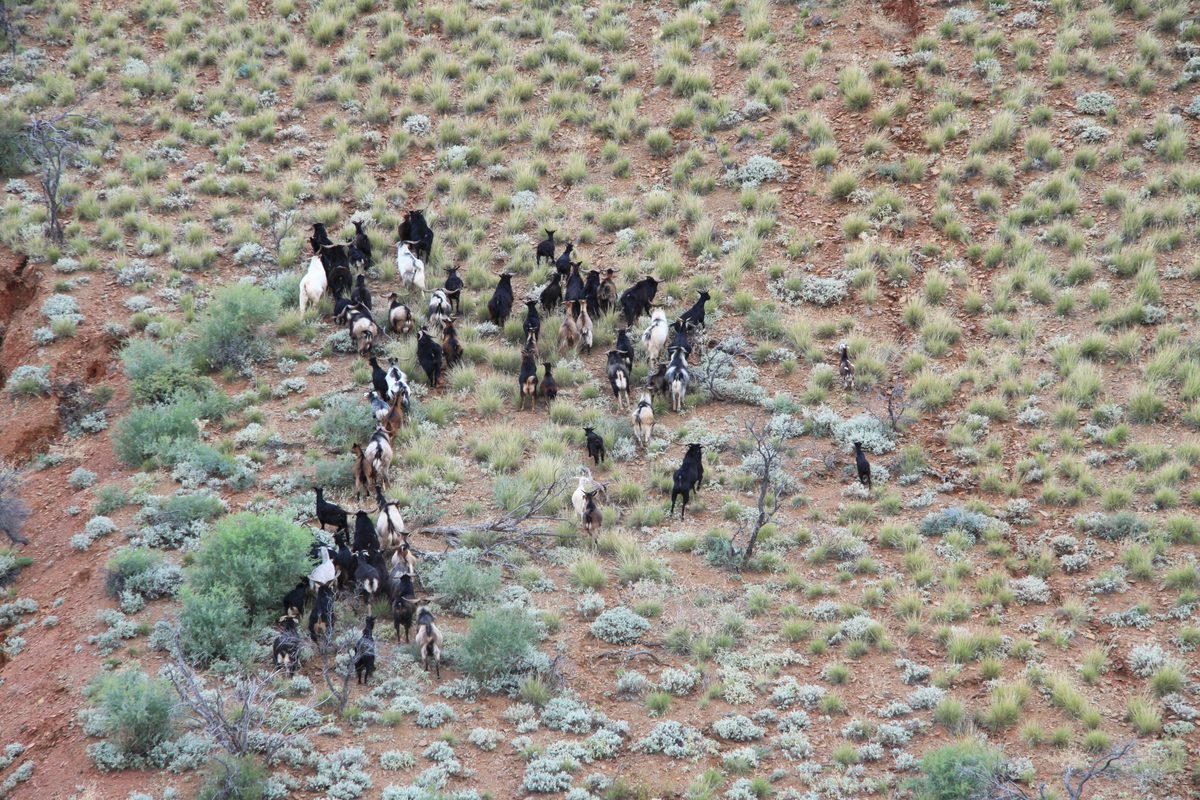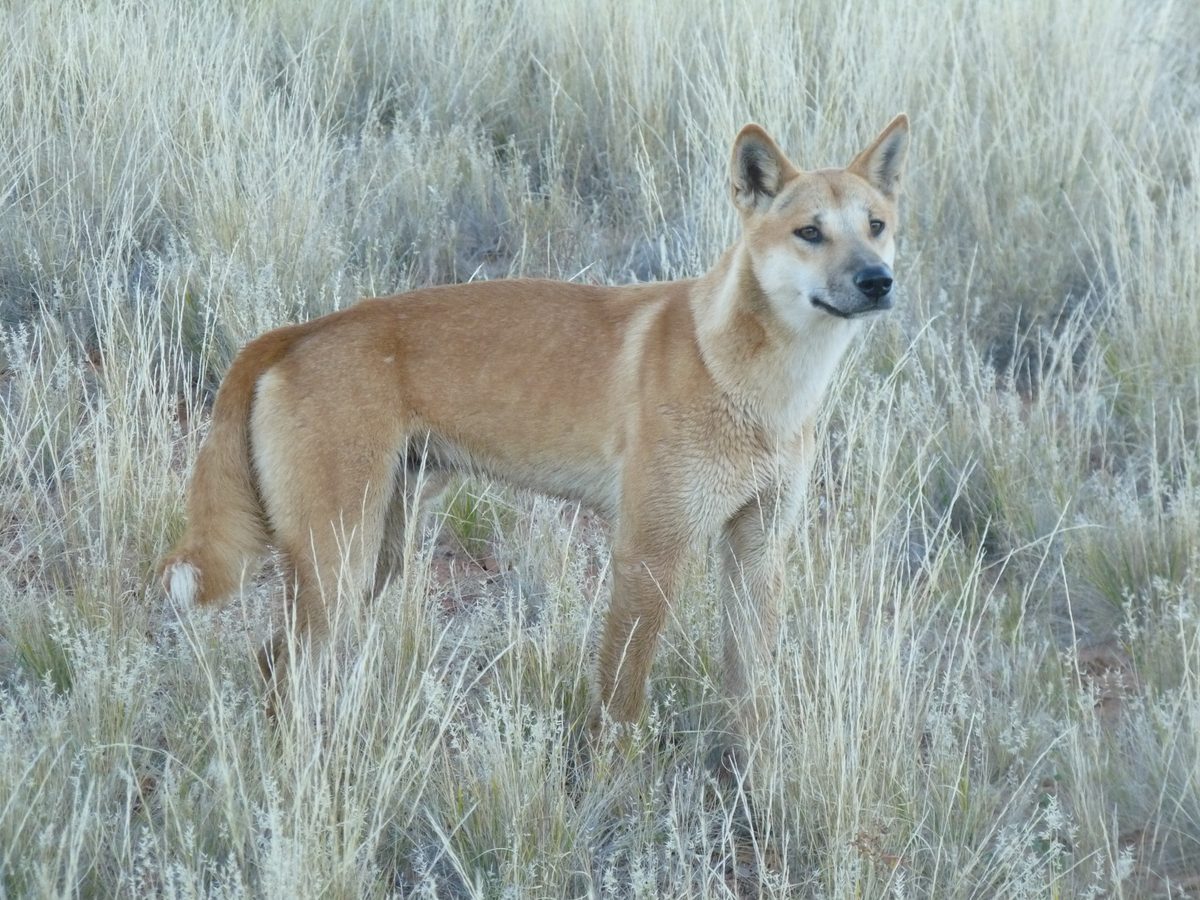Increased bird flu risk
The migration of birds to outback lakes and wetlands and on Spencer Gulf will increase the risk of bird flu in the SA Arid Lands.

Although it has not yet been detected in Australia, people should be on high alert for signs that birds could be carrying the highly infectious H5N1 strain of bird flu. While this strain has the potential to pass to mammals and humans through contact, the incidence of this has been rare.
Signs of H5N1 in wild birds include:
- Neurological signs (incoordination, paralysis, seizures, tremors, abnormal posture)
- Respiratory signs (conjunctivitis, increased nasal secretions, oedema of the head, laboured breathing)
- Gastrointestinal signs (diarrhoea)
- Sudden death.
Based on experiences with H5N1 overseas, when the virus arrives, its spread may be rapid due the flocking nature of bird colonies and movement patterns and there will likely be a significant death rate in infected animals.
There is no practical vaccine for wildlife and there is a very poor prognosis for infected wildlife. The Australian, and State and Territory Governments are looking at interventions for highly susceptible threatened species, but this will be limited.
If you see unusual signs of disease in birds of wildlife or mass bird deaths:
- AVOID contact with sick or dead wildlife including keeping pets away from them. Do not pick up the birds and do not transport them anywhere.
- RECORD as much information as possible, including time, date, location, number of animals and a photo or footage if possible, of the scene and the animal/s.
- REPORT any suspected cases to your local vet or the 24-hour Emergency Animal Disease Hotline: 1800 675 888.
You can find out more about the H5N1 bird flu from:


